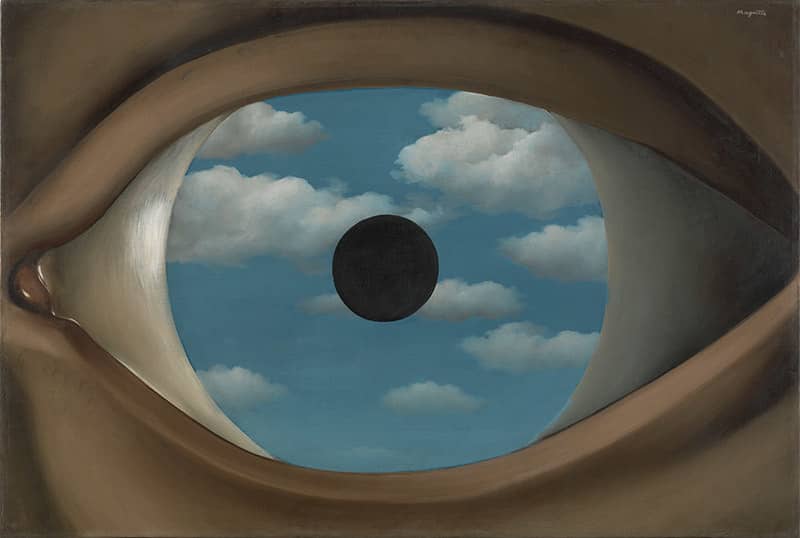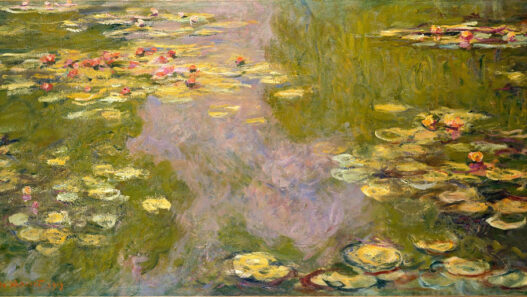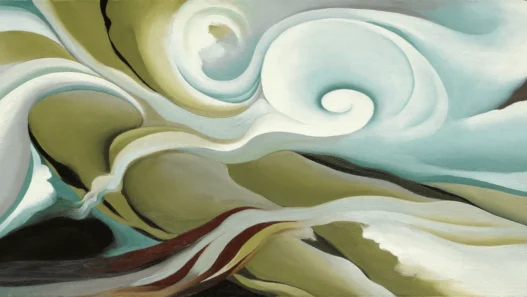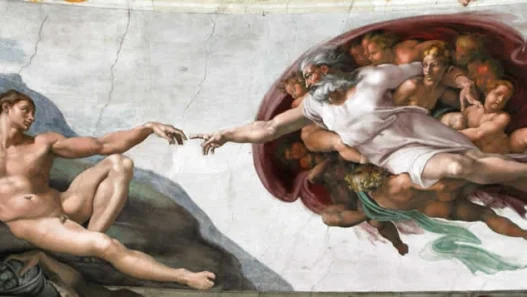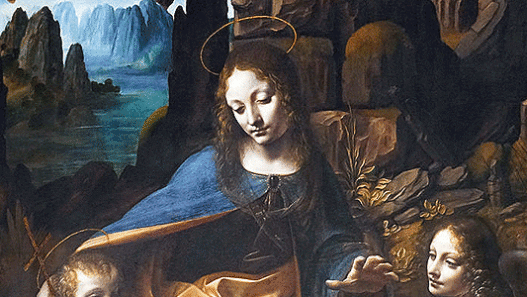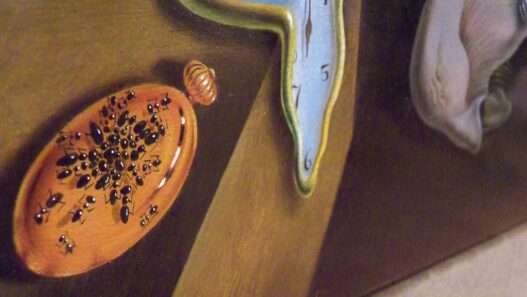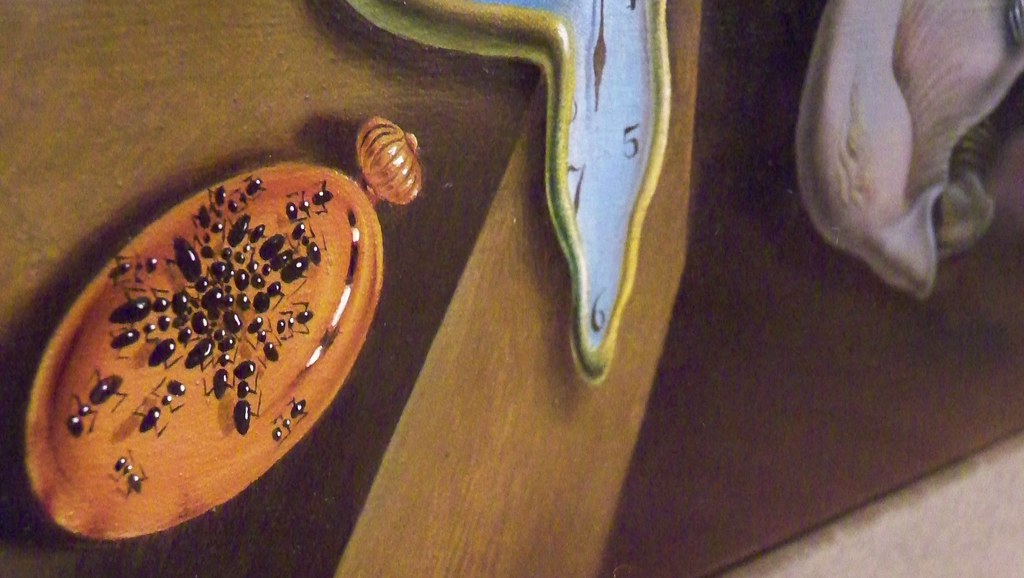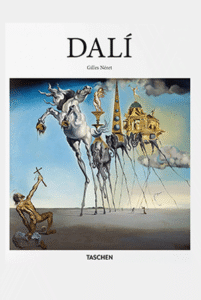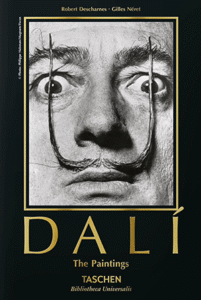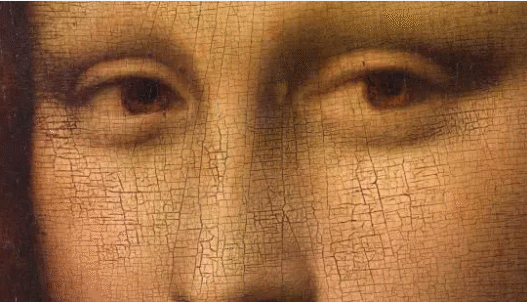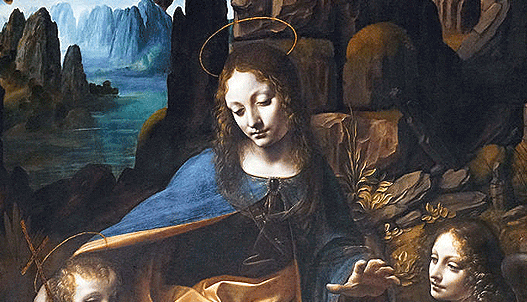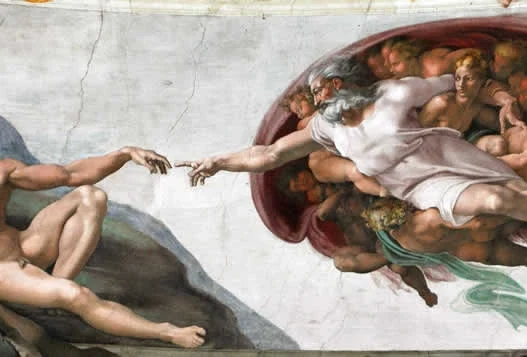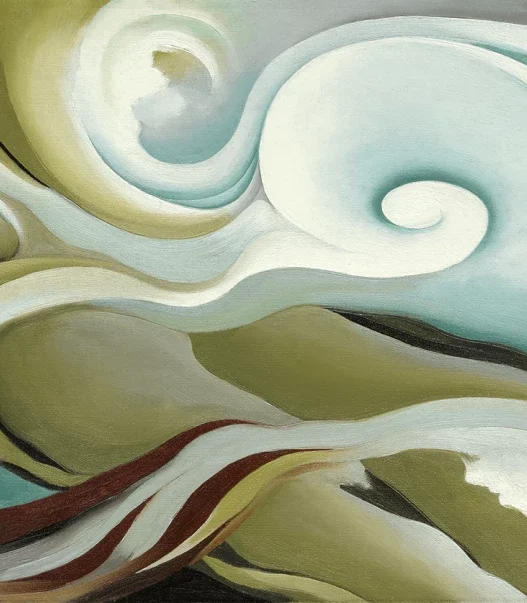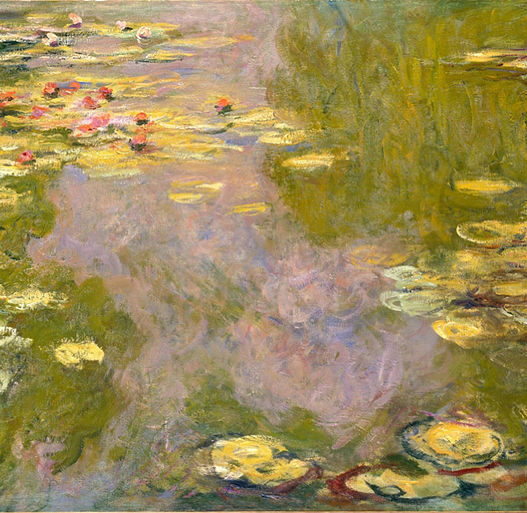Salvador Dalí’s The Persistence of Memory is one of the most iconic paintings of the 20th century. Its surreal imagery of melting clocks draped across barren landscapes captures the imagination and continues to inspire artists, scholars, and dreamers alike. But what exactly went into the making of this masterpiece?
From his meticulous painting methods to his imaginative process, Dalí’s techniques reveal how precision meets the surreal.
Classical Painting Techniques
Despite his reputation as a surrealist innovator, Dalí was trained in traditional painting methods. He studied at the Royal Academy of Fine Arts of San Fernando in Madrid, where he developed a strong foundation in classical techniques, including perspective, shading, and realistic rendering.
In The Persistence of Memory, Dalí applied these skills to create highly detailed textures, from the soft, almost tangible melting clocks to the rugged cliffs in the background. The realistic rendering of impossible imagery is part of what makes the surreal elements feel both uncanny and believable.
The Paranoiac Critical Method
Dalí famously developed the “paranoiac critical method,” a creative technique designed to access the subconscious mind. By embracing irrational thought and hallucinatory imagery, he allowed unexpected associations to guide his compositions.
Dalí described it as a “spontaneous method of irrational knowledge based on the critical and systematic objectivity of the associations and interpretations of delirious phenomena”
For a more in-depth exploration, you can read Dalí’s own essay, The Conquest of the Irrational, where he outlines his theoretical introduction to the paranoiac-critical method.
Use of Oil Paints on Canvas
Dalí painted The Persistence of Memory in oil on canvas, a medium that allowed for rich color blending and fine detail. Oil paints gave him the flexibility to create smooth gradients and intricate textures, contributing to the painting’s almost photographic realism.
His delicate layering and glazing techniques enhanced the sense of depth and luminosity, making the dreamlike landscape feel tangible.
Every shadow and highlight was carefully applied to maximise the illusion of three-dimensionality.
Varieties and Specific Meanings
The Trinity knot, also known as the Triquetra, is one of the most recognisable Celtic designs. The symbolism of Celtic knots often interpreted as three interlocking loops symbolising the unity of mind, body and spirit, or, in Christian tradition, the Father, Son and Holy Spirit. A circular knot variation is thought to represent the four natural elements, earth, air, fire and water, or the balance of directions, seasons and stages of life. Meanwhile, the love knot symbolises the enduring bond between two souls, representing loyalty, unity and the unbroken connection between lives.
Symbolism Through Object Placement
Dalí’s placement of objects within the composition was deliberate and symbolic. The melting clocks, ants, and the amorphous figure in the center all contribute to a narrative of impermanence and memory.
He carefully balanced surreal imagery with naturalistic representation, ensuring that even the most fantastical elements adhered to logical spatial rules. This juxtaposition of dreamlike subject matter with precise technique is central to the painting’s lasting impact.
Detail and Patience
Dalí was known for his obsessive attention to detail. He often spent hours perfecting tiny elements of his paintings, ensuring every line and shadow contributed to the overall effect. This patience allowed him to create works that were simultaneously fantastical and meticulously crafted.
The Persistence of Memory exemplifies this dedication. From the intricate folds of the clocks to the precise rendering of the distant cliffs, every component reflects Dalí’s commitment to combining imagination with technique.
